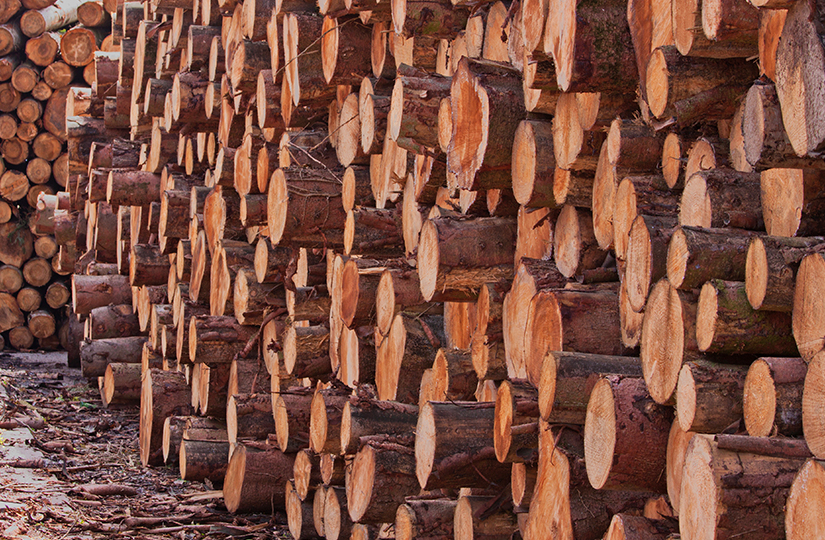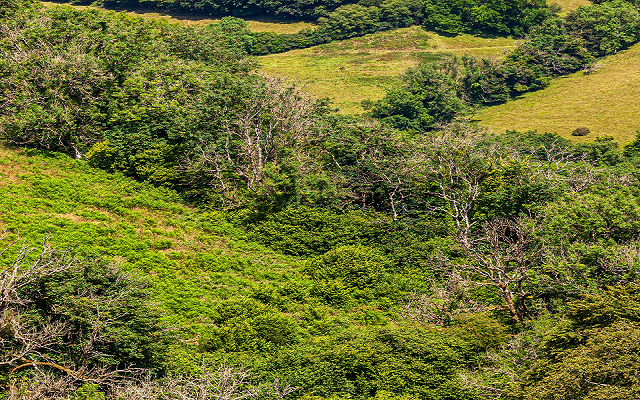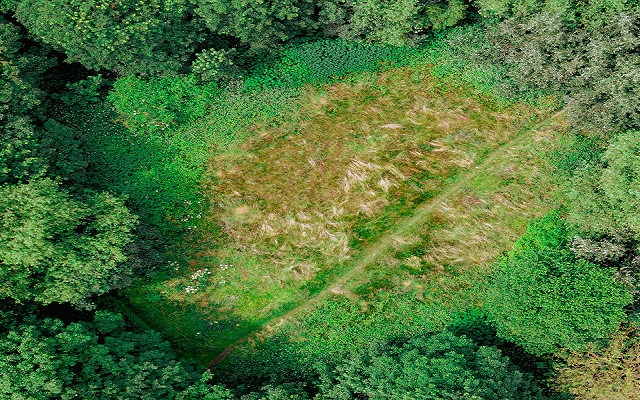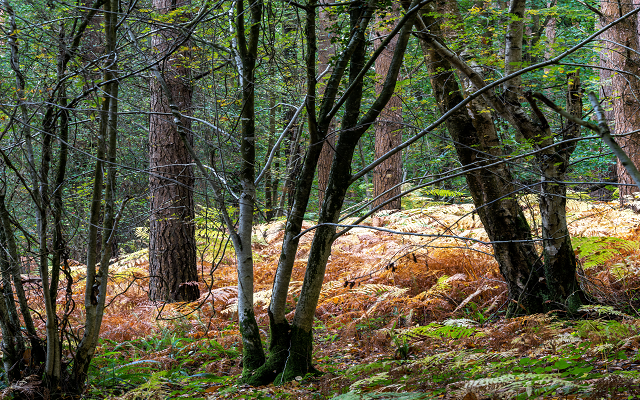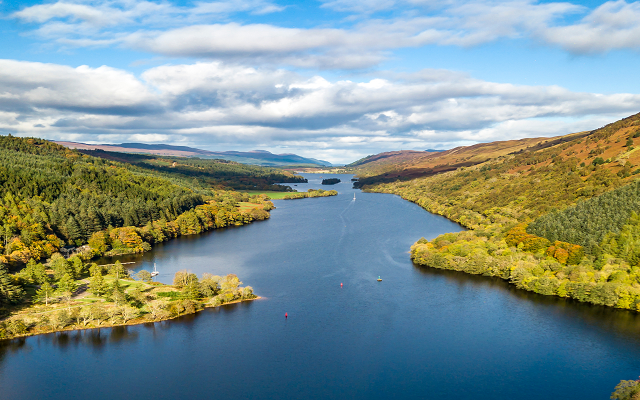Why carbon isn’t the only reason we need more trees
Much has been said about the importance of trees for locking up carbon, but trees also have a crucial role to play as we try to transition away from carbon intensive building materials such as concrete and steel.
The farming sector has done a lot of work to get the public to connect with where their food comes from, and not just see it as a product they pick up off a supermarket shelf. How many people associate the chair they’re sitting on, and the table they’re eating their lamb chops off, with the well-designed productive woodlands that provide the timber products we all rely on so heavily every day?
Up to 80% of the timber used in the UK is imported, and we are the second largest user of imported timber globally, beaten only by China. With the use of wood products only going one way we need to grow our resource or risk producing an even smaller share of national demand. The UK National Forest Inventory (NFI), which was last updated in 2016, currently predicts that UK softwood availability will peak in 2027 – 2031, at an annual production of approximately 19 million cubic metres. However, within 10 years of this it is forecast to have fallen by almost 3 million cubic metres, all the while demand is constantly rising.
This decline in timber availability ties in with the peak in woodland creation in the UK in 1988/89 when 30,000 hectares a year were being planted. Within a year this had dropped by over a third, and then by the early 2000s less than 10,000 hectares of new woodlands were being planted every year.
Sourcing more timber from overseas can have wide ranging issues, ecological impacts may be higher due to poorer management practices, sustainability standards and auditing.
The timber may be coming from other countries virgin native forests, increased transportation needs to be factored in, and also the loss of income for fragile rural economies in the UK.
Some would like to see every new tree planted in the UK being a native species, with no long-term timber production objectives attached to these forests. In reality, this isn’t possible as timber products are becoming more and more integrated into everyday life.
Our productive woodlands are now being used for fuels, food, clothing, animal feeds and a huge range of other essential products, not to mention toilet roll and traditional construction timber. It is estimated, that for every one ton of timber used in construction, instead of concrete, there is an average reduction of 2.1 tons of carbon dioxide emissions (source: www.woodforgood.com).
Whilst native woodland may be ecologically optimal, a well-designed and managed productive woodland can deliver a wide range of habitats and support a surprising range of flora and fauna. Goshawks, sea eagles, red squirrels, black grouse, hen harriers, woodlarks, nightjars and crossbills are but a few species which enjoy life in a productive conifer forest. Forest and Land Scotland report that at the last count, Scottish conifer forests were home to 42 species on the IUCN threatened animal Red List. Confor’s ‘Biodiversity, forestry and wood’ report further underlines the biodiversity benefits of the UK’s productive woodlands and provides some excellent case studies to support the claims.
Our productive forests also create much needed rural employment and support local economies where other traditional industries are under pressure. Confor has assessed that in Scotland alone the forestry sectors employs in excess of 25,000 people and contributed £1bn to the economy, including the processing of the timber. UK wide, this is estimated to be £2bn with as many as 80,000 rural jobs supported by the industry. They also provide attractive and versatile recreational facilities, the value of which has increased greatly to society during the last two pandemic-scarred years.
We need trees, we need more trees and we need them in the ground as soon as possible. The right trees in the right place is a tag line which is thrown about a bit too often without any real thought into what it actually means. The right tree can mean very different things depending on who you are speaking to. However, one thing for sure is we need productive crops to allow us to continue to live the lives we all enjoy.
As we all try to do a bit less damage to the world in which we live the pressure on our timber resources is going to increase. Next time you look at a productive woodland please do it do it through a pair of eyes which lets you see the true value of this essential resource and all the benefits it brings.
